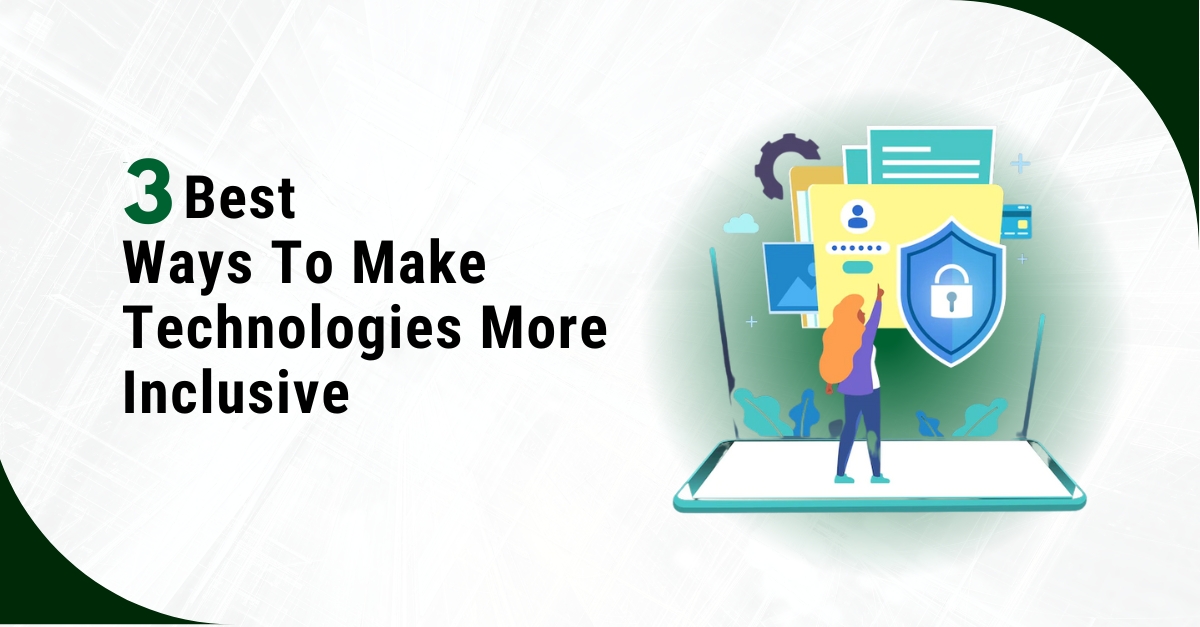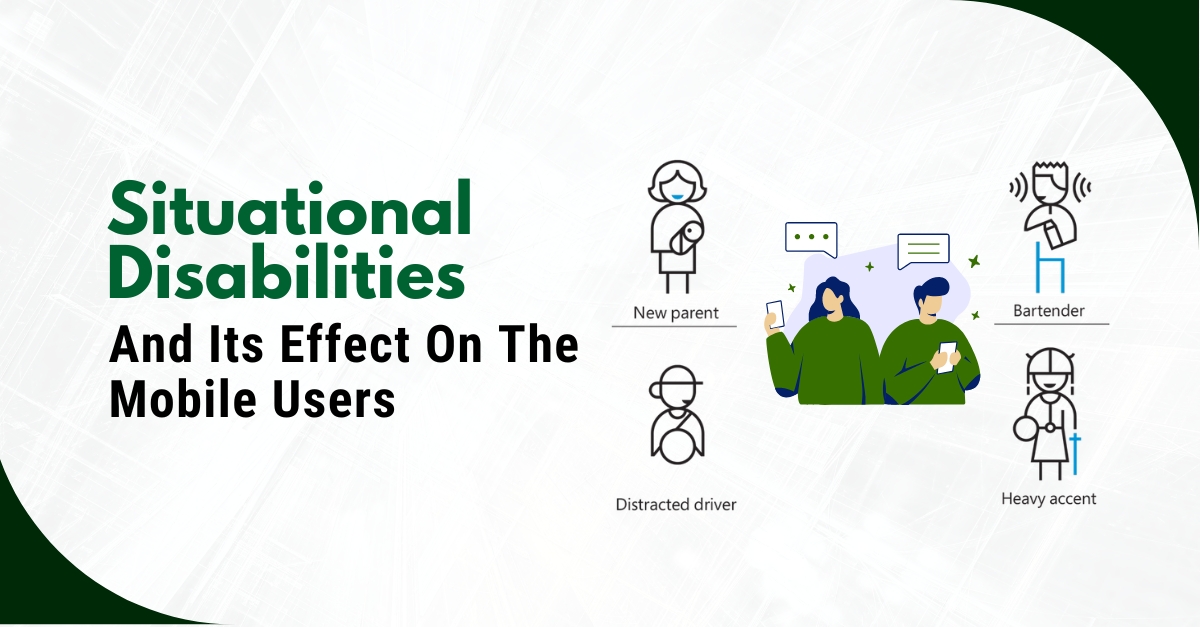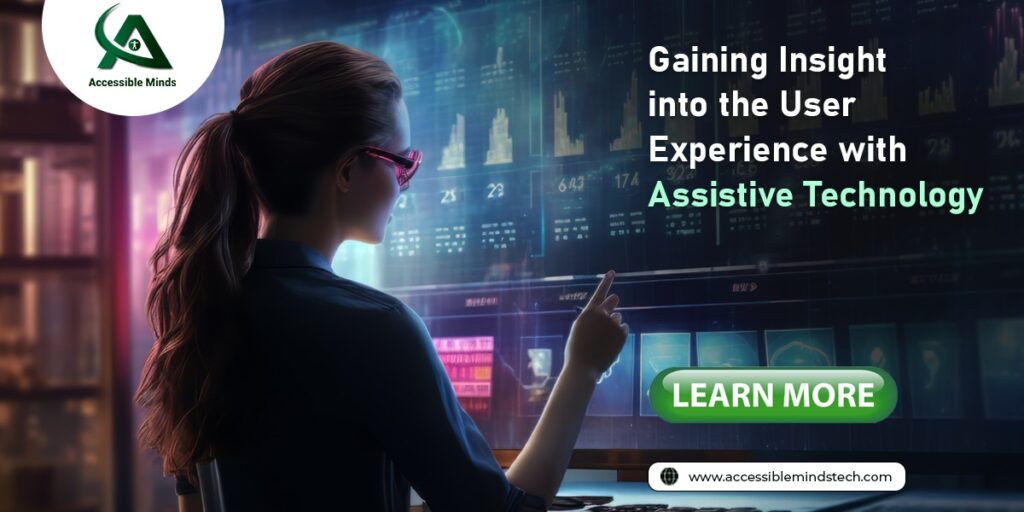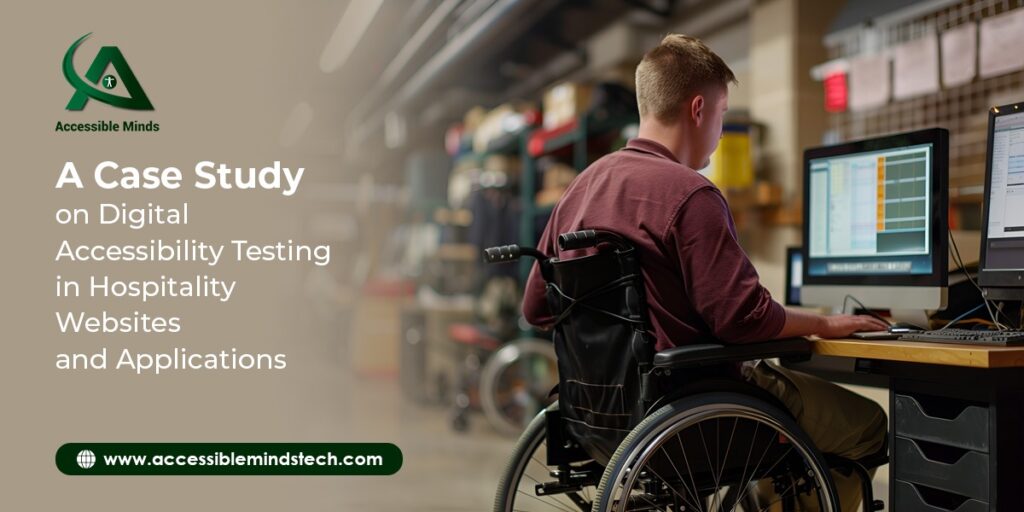In an increasingly digital world, the importance of accessibility cannot be overstated. Millions of people around the globe, including those with disabilities, rely on digital content for information, entertainment, and communication. Ensuring that this content is accessible to all is not just a moral imperative; it’s a legal requirement in many countries. This is where digital accessibility services come into play, providing content creators with tools and solutions to make their digital content inclusive and accessible to everyone.
The Scope of Digital Accessibility Services
Digital accessibility services encompass a broad range of solutions aimed at making online content, such as websites, applications, documents, and multimedia, more accessible to individuals with disabilities. These services address various aspects of accessibility, including:
Website Accessibility: Ensuring that websites are designed and coded to be usable by people with disabilities, including those with visual, auditory, motor, or cognitive impairments.
Document Accessibility: Converting documents like PDFs, Word files, and presentations into accessible formats, allowing screen readers and other assistive technologies to interpret and present the content.
Mobile App Accessibility: Ensuring that mobile applications are navigable and usable for all users, regardless of their abilities or disabilities.
Video and Multimedia Accessibility: Making audio and video content accessible through captions, transcripts, and audio descriptions.
Digital Accessibility Testing: Conducting audits and evaluations of digital content to identify accessibility issues and providing recommendations for remediation.
User Experience (UX) Enhancements: Enhancing the overall user experience by improving the usability and accessibility of interfaces and interactions.
Empowering Content Creators
Content creators, whether they are web designers, developers, marketers, or authors, play a crucial role in shaping the digital landscape. However, creating content that is inclusive and accessible to everyone can be a complex task, especially for those who may not be familiar with accessibility standards and best practices.
Digital accessibility services empower content creators by providing them with the tools and knowledge needed to produce content that complies with accessibility guidelines and regulations. Here’s how these services benefit content creators:
Education and Awareness: Digital accessibility services offer training and resources to educate content creators about accessibility standards (e.g., WCAG) and the needs of individuals with disabilities. This knowledge empowers them to create content with accessibility in mind.
Tools and Software: Accessibility tools and software are essential for content creators to identify and fix accessibility issues. These tools can automate many aspects of the accessibility testing and remediation process, making it more efficient.
Consultation and Support: Accessibility experts are available to provide guidance and support to content creators. They can answer questions, offer advice, and assist in resolving complex accessibility challenges.
Compliance Assurance: By working with digital accessibility services, content creators can ensure their content complies with legal requirements, reducing the risk of legal action related to accessibility violations.
Reaching a Wider Audience: Creating accessible content opens up opportunities to reach a broader audience, including people with disabilities. This can lead to increased engagement, customer satisfaction, and brand reputation.
The Impact on Society
Digital accessibility services not only empower content creators but also have a profound impact on society as a whole. They promote inclusivity and equality by breaking down digital barriers and ensuring that everyone, regardless of their abilities, can access information and participate in the digital world. Here are some of the broader societal impacts:
Improved Quality of Life: Accessible digital content allows individuals with disabilities to lead more independent lives, access education and employment opportunities, and engage in social and cultural activities.
Equal Access to Information: Digital accessibility services promote equal access to information, which is essential for democratic participation, education, and social inclusion.
Business and Economic Benefits: Creating accessible content enhances market reach, drives innovation, and can lead to financial benefits for organizations.
Legal Compliance: Accessibility services help organizations and content creators avoid legal issues related to accessibility violations, ensuring that they remain compliant with relevant laws.
Thus, digital accessibility services play a pivotal role in empowering content creators to produce content that is inclusive and accessible to all. By ensuring that digital content complies with accessibility standards and regulations, we can create a more inclusive and equitable digital world, benefiting individuals with disabilities and society as a whole. It’s not just about compliance; it’s about embracing the principles of inclusivity and providing equal opportunities for everyone to participate in the digital age.







